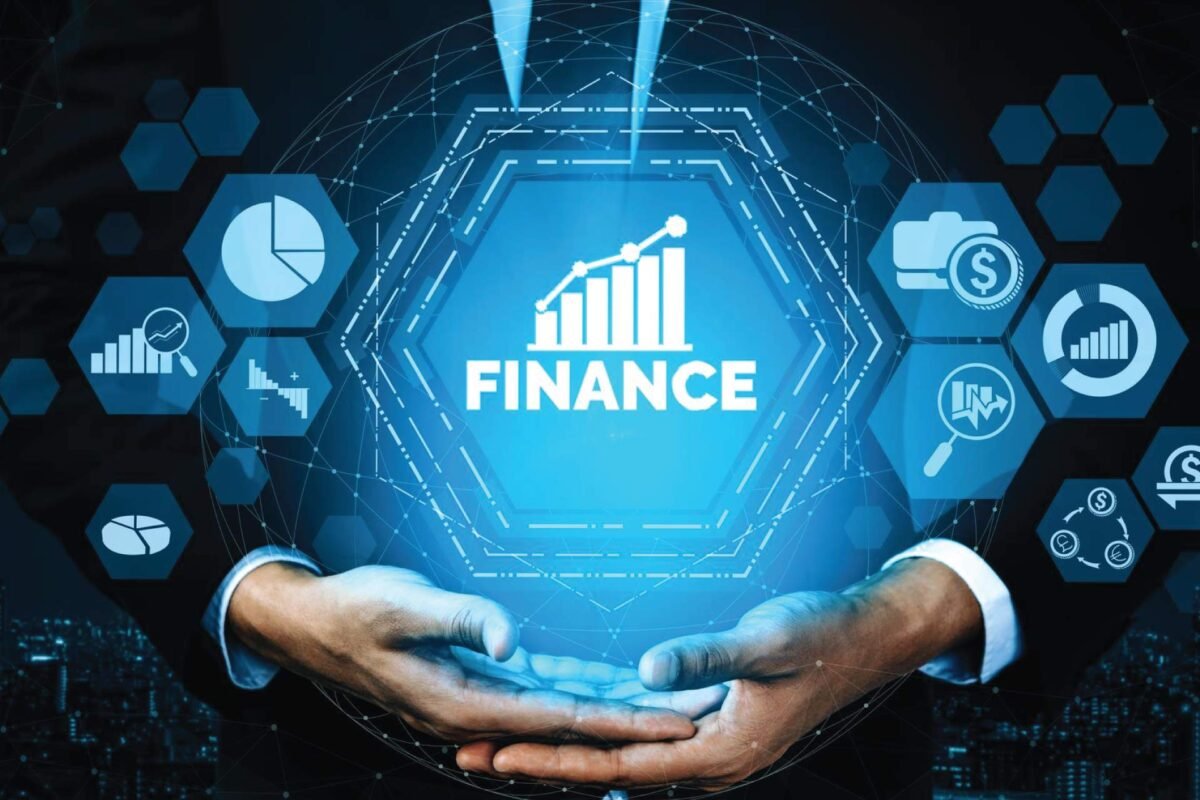Imagine a future where you no longer need to carry a wallet, a credit card, or even your smartphone to make a purchase. Instead, you simply use your own unique physical characteristics, like your fingerprint or facial features, to authorize a payment. Doesn’t that sound enticing? This is the promise of biometric payment, a cutting-edge technology that is already starting to transform the way we pay for goods and services.
But what exactly is biometric payment, and how does it work? In this blog, we’ll delve into the fascinating world of biometric authentication and explore its potential as the future of payments. We’ll examine the advantages and challenges of this innovative technology, and consider whether it will truly revolutionize the way we conduct transactions in the years to come.
Join us as we journey into the realm of biometric payment and discover a future where your own biology becomes the key to unlocking a world of seamless, secure, and convenient financial transactions.
What is Biometric Payment?
Biometric payment is a type of payment technology that uses unique biological features to identify and authenticate an individual during a payment transaction. This technology has been gaining popularity in recent years due to its convenience, security, and speed. Biometric payment eliminates the need for a physical credit or debit card and requires only the user’s biometric information.
One of the most common forms of biometric payment is fingerprint recognition. The user simply places their finger on a scanner, and the system authenticates their identity by matching their fingerprint to the one stored in their profile. Facial recognition and voice recognition are also becoming more prevalent forms of biometric payment.
Some Noteworthy Statistics and Interesting Facts:
- The global biometric payment market size was valued at $2.2 billion in 2020 and is expected to grow at a CAGR of 19.7% from 2021 to 2028 (Source: Grand View Research).
- In a survey conducted by Visa, 68% of consumers said they are interested in using biometric authentication methods to make payments (Source: Visa).
- According to Mastercard, 93% of consumers say they prefer biometric authentication over traditional passwords (Source: Mastercard).
- China is leading the way in biometric payment adoption, with over 60% of smartphone users in the country using biometric payments (Source: Statista).
Will Biometric Payment be the Future of Payments?
While biometric payment is still a relatively new technology, its potential benefits make it a strong contender for the future of payments. One of the key advantages of biometric payment is its enhanced security. Biometric information is unique to each individual and cannot be replicated, making it nearly impossible for fraudsters to steal or misuse it.
Another advantage of biometric payment is its convenience. With biometric payment, consumers no longer need to carry physical cards or remember complex passwords. Instead, they can easily and quickly make payments using their biological features.
However, there are also some concerns surrounding biometric payment, particularly in regard to privacy and data security. With biometric payment, sensitive personal information is stored on servers, and if this data falls into the wrong hands, it could lead to serious consequences.
Conclusion
Biometric payment is a rapidly growing technology that offers enhanced security, convenience, and speed. With the market expected to grow in the coming years, it’s clear that biometric payment is here to stay. However, as with any new technology, it’s important to weigh the benefits and drawbacks carefully. While biometric payment has the potential to revolutionize the payments industry, it’s important that companies take measures to protect users’ privacy and data security.
For more such Updates Log on to https://fintecbuzz.com/ Follow us on Google News Fintech News



